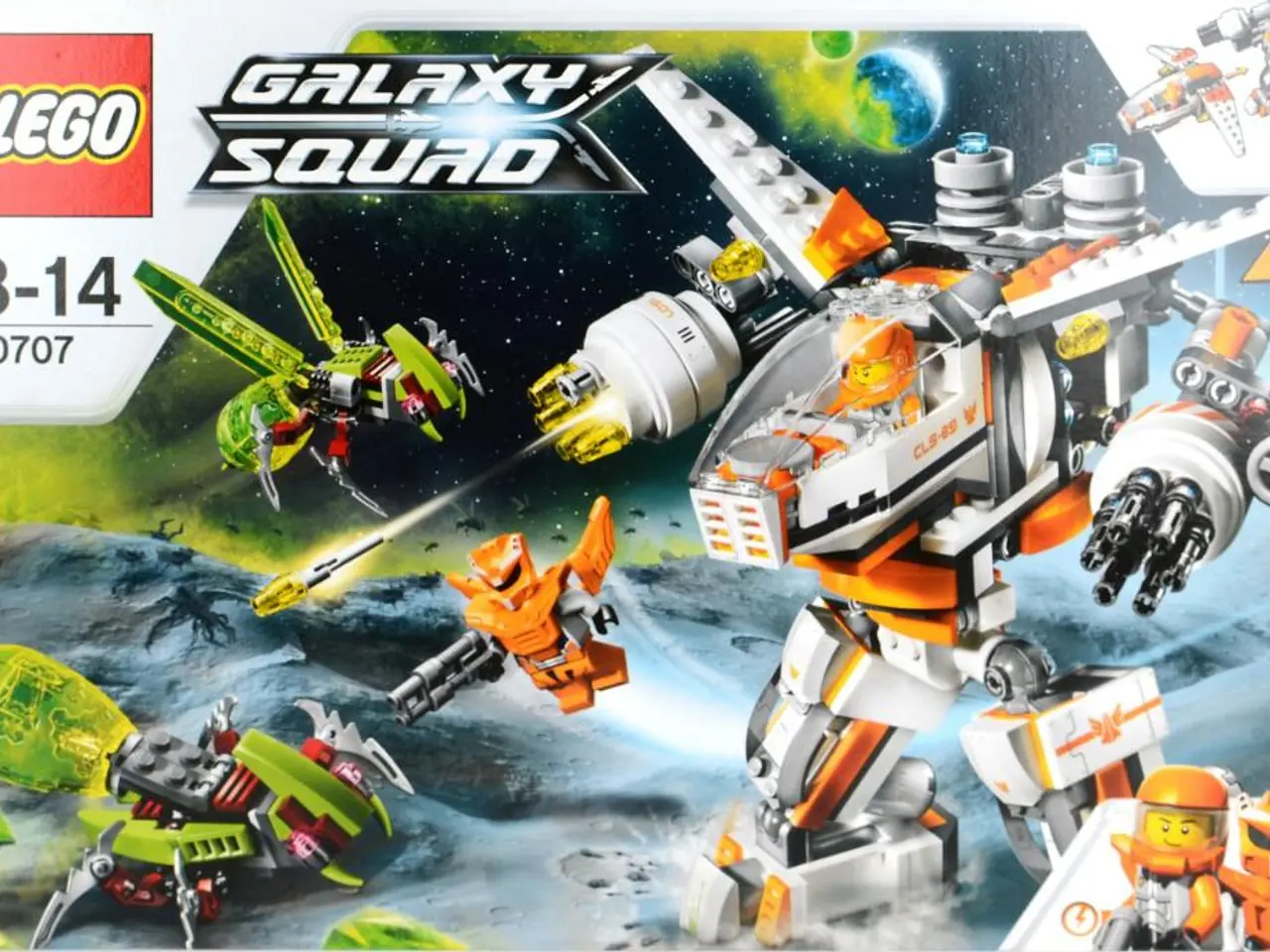Futuristic Space Ventures and the Role of Virtual Reality
### Virtual Reality: The Future of Space Exploration and Education
In a groundbreaking presentation at Pax Prime 2012, Dr. Jeff Norris of the NASA Jet Propulsion Laboratory spoke passionately about the future of space exploration, emphasizing the crucial role of virtual reality (VR) technology.
NASA has already begun to harness the power of VR, using it extensively for space exploration and astronaut training. This technology enhances the safety and effectiveness of missions, as well as boosting educational outreach.
**Astronaut Training for Extravehicular Activities (EVAs)** is one area where VR proves invaluable. At Johnson Space Center, VR labs simulate the exact visual environment astronauts will encounter on the moon or Mars, providing 3D models, accurate lighting, and spatial cues that complement hands-on training like the Neutral Buoyancy Lab (NBL) underwater training. This aids astronauts in preparing for the challenging psychological and physical demands of repeated, extended spacewalks during Artemis missions.
**Mission Planning and Visualization** is another key application. The Graphics & Visualization Lab at NASA’s Glenn Research Center designs VR applications using real data and footage from space missions. These tools allow astronauts to familiarize themselves with mission environments, serving as an educational tool for children and adults by creating captivating, accurate simulations of space and planetary surfaces.
Examples of NASA's VR experiences include **Spacewalking in Virtual Reality**, where astronauts can experience what it would feel like to walk on the lunar surface, and **Immersive Moon and Mars Surface Simulations**, which enable astronauts and mission planners to navigate and interact with these surfaces virtually before actual missions.
Beyond astronaut training, NASA’s VR use in education engages students and the public by providing immersive STEM learning experiences. VR helps students better grasp complex scientific concepts related to space and technology, fostering interest and improving knowledge retention. It is part of NASA's outreach to inspire a new generation of explorers through vivid, interactive simulations of space exploration which they otherwise cannot experience firsthand.
Looking ahead, Dr. Norris anticipates that non-astronauts and NASA scientists will soon be able to explore new horizons using virtual reality technology. He also suggests a possible price drop for the next iteration of the popular HTC Vive, a consumer VR technology, which could make such experiences more accessible to the general public.
The speaker also expressed anticipation for this next iteration, stating that it could pave the way for even more extraordinary places and experiences to be explored in virtual reality. With the Oculus Rift and HTC Vive already providing immersive experiences, like the virtual reality experience called Mars 2030, which promises to let users walk on the dry, barren landscape of Mars, recreated using actual topographical data gathered by NASA, the future of VR in space exploration looks promising indeed.
In conclusion, the integration of VR spans from high-fidelity astronaut mission preparation to immersive public education, leveraging realistic virtual scenarios to improve outcomes and inspire learners worldwide. According to Dr. Norris, everyone will play a role in exploring other worlds in the future, and VR technology may shape education and science in the near future.
In the context of space exploration, virtual reality (VR) technology is extensively used by NASA in mission planning and visualization, providing astronauts with accurate simulations of space environments and aiding them in preparing for challenging spacewalks during Artemis missions. Furthermore, NASA employs VR technology in education to engage students and the public, fostering interest in complex scientific concepts related to space and technology, and inspiring a new generation of explorers.




